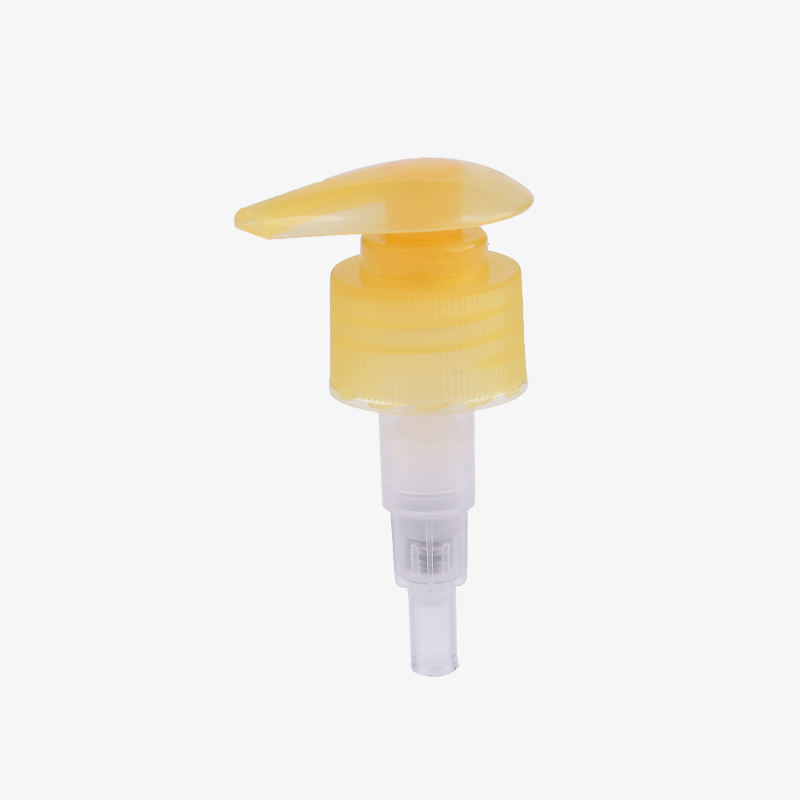How the lotion pump head works
When the emulsion pump head (ACTUATOR) is pressed, the ball valve (BALL) and the body (HOUSING) are closed, and the gas sealed in the body is forced to be discharged from the sub-column (SUB-STEM) hole by pressing the head mouth;
When the press head bounces, the piston (PISTON) and the sub-column are in a sealed state, and continue to rise under the force of the spring (SPRING), so that a sub-vacuum state is formed in the body to generate suction, and the liquid will pass through the suction tube (DIP TUBE). ), ball valve into the body;
When the pressing head is pressed again, the ball valve and the main body are closed, and the liquid in the main body is squeezed, and it will be forced to be discharged from the auxiliary column hole through the pressing head mouth!
Testing and Quality Control
1. Tightness: Fill the bottle with colored water (or customer liquid) according to the product specifications, use the corresponding torque to match the pump head with the bottle according to different calibers, press the head to be in a locked state, place it horizontally, and vacuum test- 0.03~-0.06MPa/5min (different customer requirements are inconsistent). After the test, there is no leakage at the joint between the bottle and the screw teeth, the joint between the body and the lock cap and the pressing head.
2. After the press head is matched with the main column, the separation force between the press head and the main column should generally be able to bear the weight of the whole package. General parameters can be not less than 2Kgf as qualified.
3. Number of air pressures/number of first sprays. It refers to the total number of times the consumer presses the press head from opening the press head until the material liquid is discharged. The common standard is 6 to 10 times.
4. Pump output: refers to the volume of the liquid that is pumped out each time the consumer uses the lotion pump. The usual tolerance of the pump output is about ±10% of the theoretical design value.
5. The opening torque between the press head and the lock cover is 3-10Kgf﹒ cm.
6. Drop test: match with the corresponding bottle, fill the standard weight of liquid (or water), drop it vertically on the cement floor once at a height of 0.8~1.2 meters, the bottle first touches the ground, and the product is qualified without cracking and loosening. (Note: This test is only performed on the product when the material is changed or the formula is changed, and the new mold is mass-produced for the first time).
7. Pump feel: good rebound, no sluggish phenomenon, rebound time ≤ 1.5 seconds, after the fatigue test is pressed ≥ 2000 times, the rebound must be normal.
8. The tightness between the straw and the body should be moderate, not too loose (easy to fall off) or too tight (easy to make the body burst). General parameters can be not less than 0.5Kgf as qualified (products with different hose specifications need to be re-evaluated).
9. The screw teeth and the bottle mouth cooperate smoothly, without sliding teeth, block and skew.





 英语
英语 中文简体
中文简体










